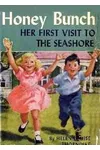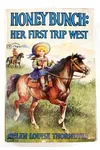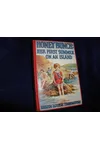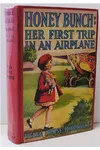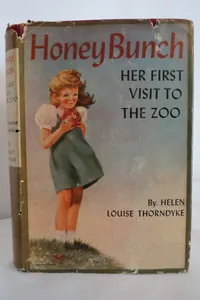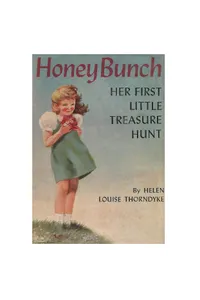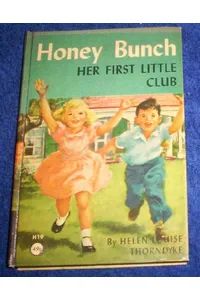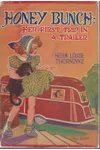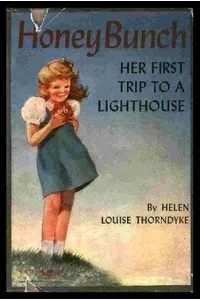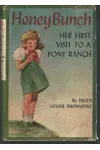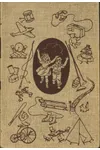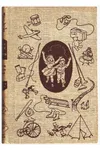Step into the charming world of Honey Bunch, where a little girl’s adventures spark curiosity and joy in young readers! The Honey Bunch series, a gem of early 20th-century children’s literature, follows the sunny escapades of Gertrude Marion Morton, nicknamed Honey Bunch for her sweet disposition. From 1923 to 1955, this beloved series by the Stratemeyer Syndicate captivated generations with its wholesome tales of exploration and discovery.
With 34 books penned under the pseudonym Helen Louise Thorndyke, Honey Bunch offered young readers a window into diverse settings, from bustling cities to serene farms. Its lighthearted narratives and focus on a young girl’s curiosity made it a standout in the children’s genre, encouraging a love for reading that resonates even today.
How Honey Bunch Began
Created by Edward Stratemeyer, the mastermind behind Nancy Drew and the Hardy Boys, Honey Bunch emerged in 1923 as part of the Stratemeyer Syndicate’s mission to craft engaging children’s stories. Stratemeyer envisioned a series for younger readers, focusing on a single character in fortunate circumstances, and chose the name Honey Bunch to evoke warmth and approachability. Josephine Lawrence, a skilled writer, shaped the first 16 volumes, infusing them with relatable adventures. After Stratemeyer’s death in 1930, his daughters and other writers, including Mildred Wirt Benson, continued the series, maintaining its cheerful tone.
The Heart of Honey Bunch
The series kicks off with Honey Bunch: Just a Little Girl, introducing readers to Honey Bunch’s everyday adventures at home, filled with small but meaningful discoveries. In Honey Bunch: Her First Visit to the Seashore, she explores the wonders of the coast, marveling at crashing waves and sandy shores. Honey Bunch: Her First Big Adventure takes her to the city, where a dramatic incident at an orphanage showcases her bravery. Later, Honey Bunch and Norman books, like Honey Bunch and Norman Ride with the Sky Mailman, blend her adventures with a new friend, Norman, to appeal to both boys and girls.
Themes of curiosity, kindness, and exploration define the series. Honey Bunch’s journeys—whether to a zoo, camp, or lighthouse—celebrate the joy of learning through experience. The stories’ gentle, optimistic style and vivid settings, from rural farms to urban fairs, create a cozy yet exciting world. Though critics later called the series overly sweet, young readers adored Honey Bunch’s “perfect little Miss Priss” charm, finding her a relatable companion.
Why Honey Bunch Resonates
Honey Bunch left a lasting mark on children’s literature, particularly for young girls in the 1920s and beyond. Its impressive sales—nearing 400,000 copies by the decade’s end—reflect its popularity, rivaling other Stratemeyer hits. The series offered a safe space for imagination, letting readers explore new places through Honey Bunch’s eyes. Its influence endures in the nostalgia of collectors and the timeless appeal of stories that inspire curiosity. Despite limited critical attention today, Honey Bunch remains a testament to the power of simple, heartfelt storytelling.
- Publication Years: 1923–1955
- Number of Books: 34
- Key Authors: Josephine Lawrence (16 books), Mildred Wirt Benson (5 books)
- Publisher: Grosset & Dunlap
About Honey Bunch
Grab Honey Bunch: Just a Little Girl and dive into a world of curiosity and adventure! Whether you’re a nostalgic reader or sharing with a new generation, Honey Bunch’s timeless charm awaits.



